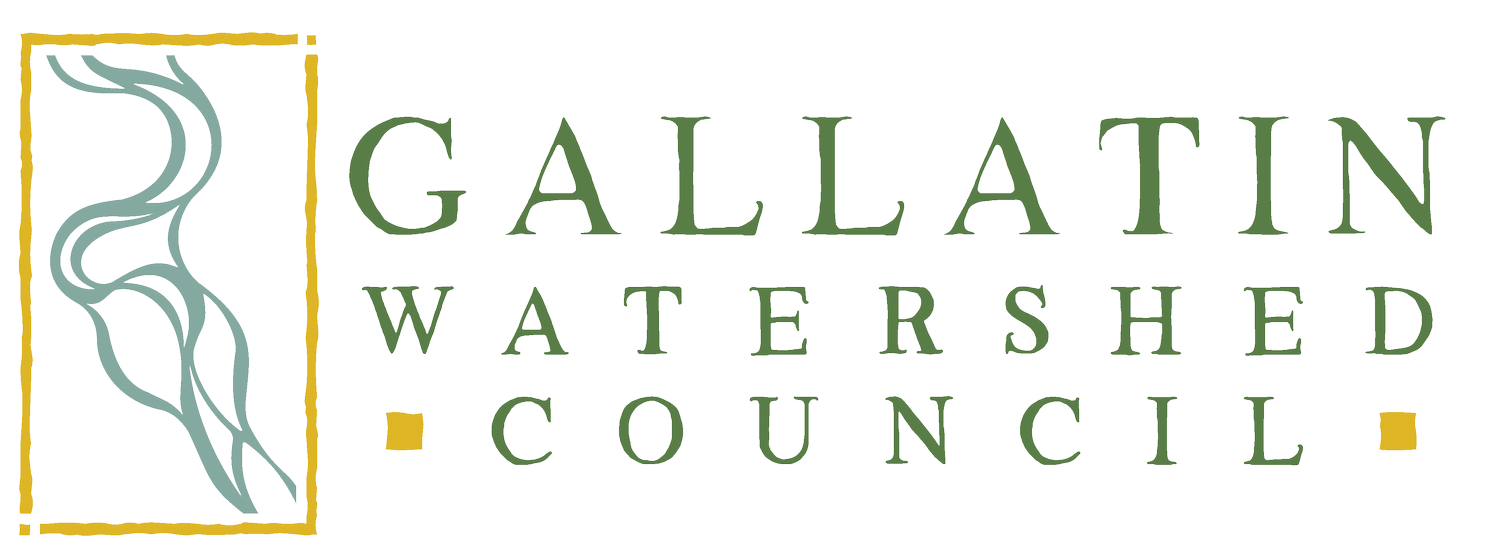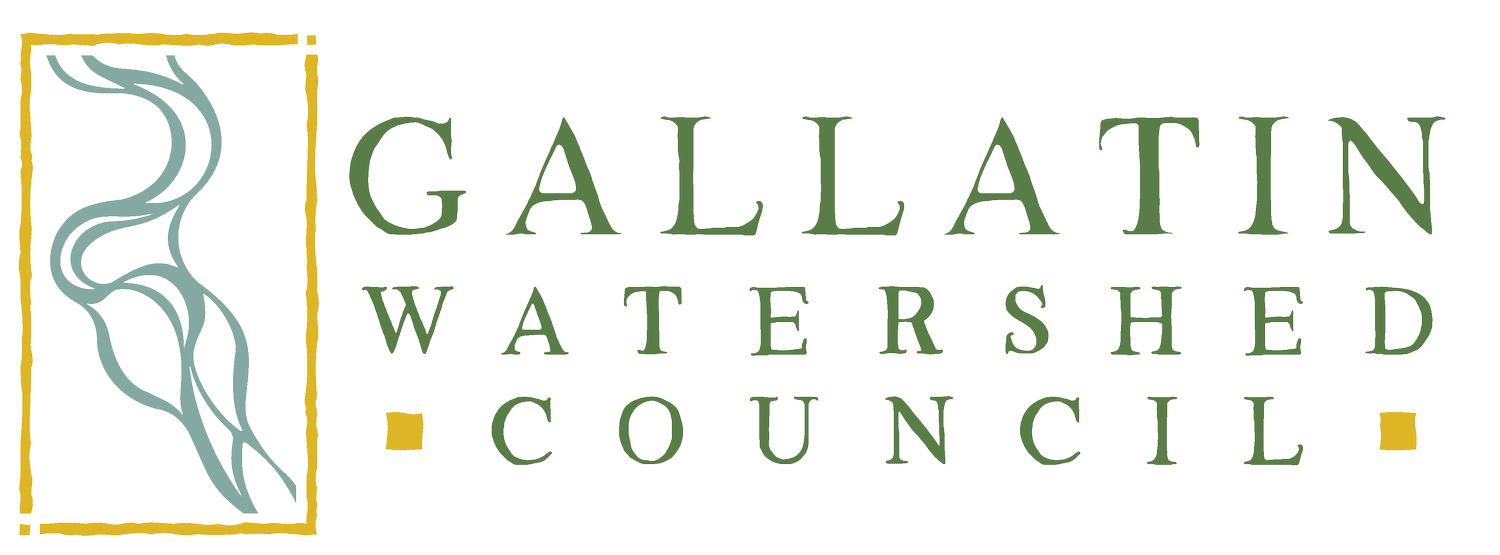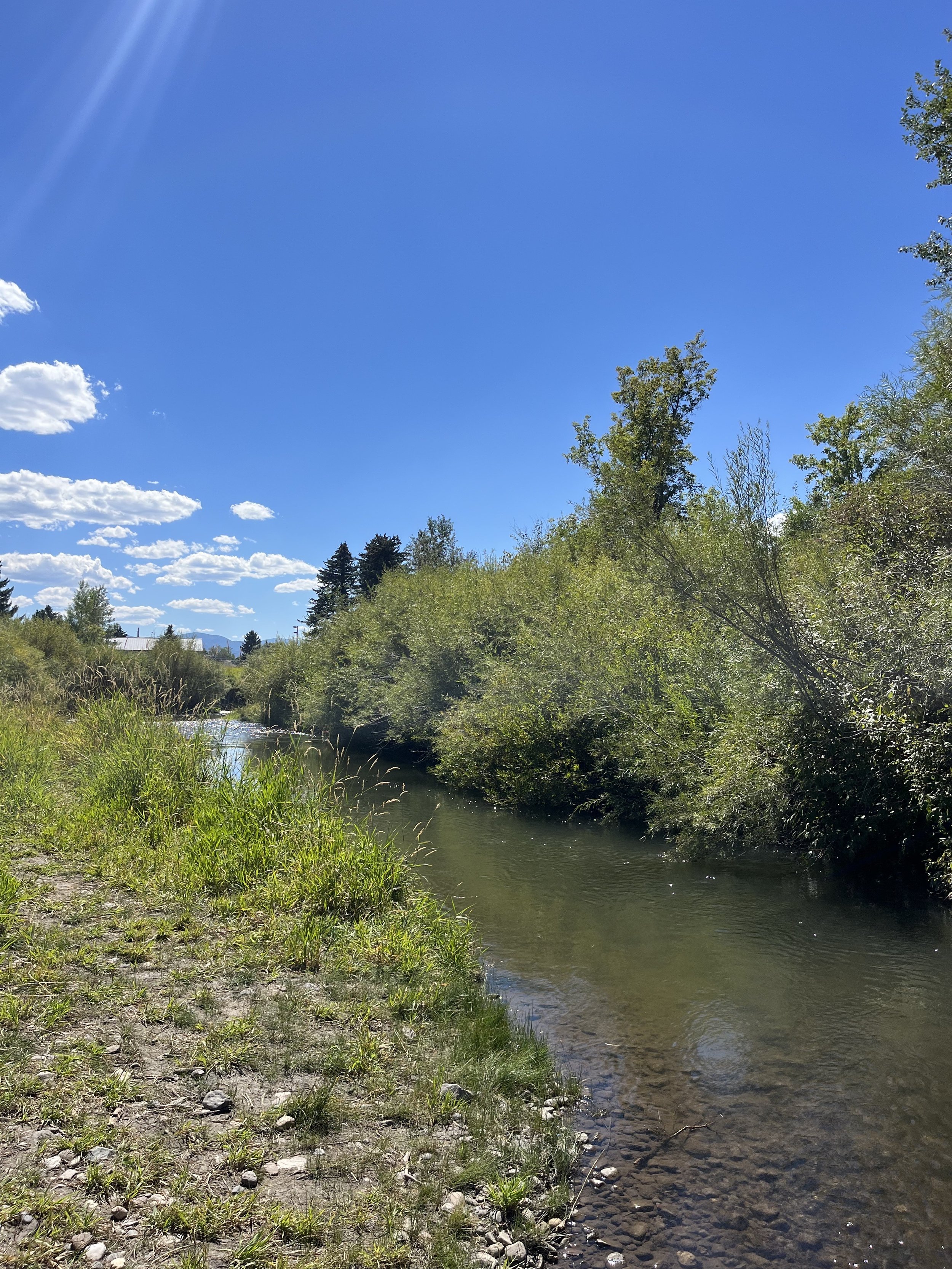Guest column: Water should guide development
By Lilly McLane, Guest columnist
Link to Bozeman Daily Chronicle
Rivers, streams, wetlands, floodplains, riparian areas, and irrigation ditches work as a system to hold and move water through Bozeman — across all zoning districts — and provide critical services like treating pollution, mitigating floodwaters, slowing and storing water for times of scarcity, providing habitat for fish and wildlife, and places for people to recreate.
The City of Bozeman is currently working to update the Unified Development Code (UDC), the regulatory tool used to manage development and growth in a way that aligns with our community’s goals and priorities. The Gallatin Watershed Council (GWC), with the help of several technical experts, has reviewed sections of Bozeman’s draft UDC that regulate aquatic resources impacts, including wetlands, watercourses, and agricultural water user facilities.
As we talk about managing growth and issues like density and zoning, we must also take water into account.
GWC facilitates the Gallatin Water Collaborative, a group of over 30 stakeholders from the Gallatin Valley that are working together to protect, enhance, and restore water resources. Over the past several years we have been listening to and working with many different groups that interact with the UDC as developers, consultants, city staff from multiple departments, conservationists, and agricultural irrigators.
Time and again we have experienced firsthand and heard from others that aquatic resources are often considered late in the design process, making protecting them in conflict with a plan already far underway, and that in several places in the UDC, the regulatory language designed to protect aquatic resources is confusing for all involved. We set out to work within existing regulation and make the UDC more usable so that developers and reviewers can better understand, follow, and implement the codes intended to protect aquatic resources.
Affordable housing is the hottest topic out there, right alongside the warming planet. Wetlands, watercourses, floodplains, and riparian areas are key to growing sustainably, in a way that is resilient in the face of climate change. Aquatic resource stewardship can be perceived as being at odds with affordable housing. On the contrary, thoughtfully shepherding water through our city can avoid costly infrastructure damage and risks to human health and safety, and can support equitable access to clean water and a viable economy — especially when drought and flooding are predicted to worsen in southwest Montana.
Seemingly small impacts ultimately add up to result in expensive problems. Bozeman’s urban waterways are considered impaired for water quality by the Montana Department of Environmental Quality, and urban impacts are having an outsized role on the East Gallatin River’s ability to support a healthy trout population. The City is currently addressing mandated water quality improvements in our rivers and streams with expensive maintenance and updates to the Water Reclamation Facility and stormwater facilities. These efforts represent a significant tax burden to our residents and large line items in the City’s FY23-24 budget.
Wetlands, watercourses, floodplains, and riparian areas do the job naturally, as is recognized in our code today in the “intent and purpose” section of the wetland regulations, including “flood control and storage” and “nutrient removal from urban runoff.” Pollution and flooding are problems that are much less expensive to avoid than to mitigate and restore. The affordable housing conversation is not just about the cost to build, but the cost to live, and without clean water, the challenge of affordable housing becomes that much more difficult.
As the City of Bozeman undergoes several planning processes, we are encouraged by the City’s work to address sustainable growth and environmental stewardship. Our community values clean air, clean water, open-space, and wildlife. The City’s Parks, Recreation, and Active Transportation (PRAT) Plan states that, “Through the engagement process, the plan uncovered that the City’s parks and trails provide an important oasis in the fastest growing city in Montana. Bozeman residents clearly value opportunities to connect with nature.” Good land management is good water management, and we are excited to build a more resilient future together.


